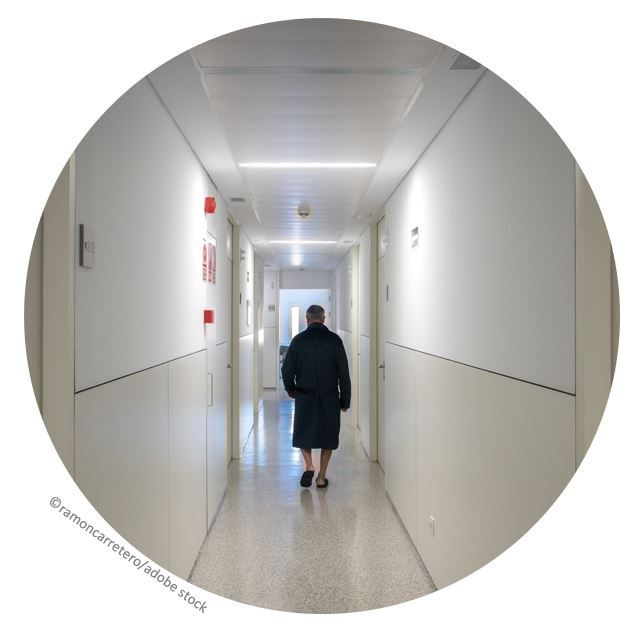COPD: Pulmonary Rehab is Effective Regardless of Inhaled Triple Therapy Use
Patients with COPD derived significant benefits from inpatient pulmonary rehabilitation regardless of inhaled triple therapy use, according to findings reported in the journal Respiratory Medicine by Italian investigators.

That finding notwithstanding, the research team also reports that benefits in exercise tolerance were larger and improvement in dyspnea was higher in those receiving triple therapy.
As context for their research the authors cite uncertainty on the topic and write, “To the best of our knowledge, this is the first large real-life study on the effectiveness of pulmonary rehabilitation in individuals with COPD using triple therapy as compared to those using no triple therapy.”
Led by Prof Nicolino Ambrosino, from the department of respiratory rehabilitation at the Institute of Lumezzane at the Maugeri IRCCS Scientific Clinical Institutes in Brescia, Italy, the multicenter retrospective analysis included data from 1139 individuals admitted to in-hospital pulmonary rehabilitation programs from July 2018 to December 2021. Participants all reported a diagnosis of COPD.
Investigators collected baseline patient characteristics, including demographics, anthropometrics, comorbidities, history of acute COPD exacerbation in the past 12 months, blood eosinophil count, length of rehabilitation hospital stay, presence of chronic respiratory failure, airflow distribution and Global Initiative for Chronic Obstructive Lung Disease stages. Use of inhaler therapy was recorded after reassessment.
The primary outcome measure was 6-minute walking test distance and secondary outcomes of interest were scores on the Medical Research Council scale for dyspnea and the COPD assessment test.
Among all study participants, 61% were receiving inhaled triple therapy.
FINDINGS
Ambrosino et al observed improvement in 6-minute walking test in both groups, with those on triple therapy increasing distance from 283.1 m to 337.3 m and those not on triple therapy improving from 336.2 m to 378.7 m (P<.01 for both outcomes). The effect size, however, was higher (54.3 m vs 42.5 m; P=.004) and the proportion of individuals who reached the minimal clinically important difference (MCID) of 6-minute walking test greater (64.2% vs 54.3%; P=.001) among participants receiving triple therapy, according to investigators. For key secondary outcomes, the research team also reported improvement in both study groups.
Additional analyses found that the key significant independent predictors of reaching the MCID of 6-minute walking test were hospital provenance (odds ratio [OR], 2.17; 95% CI, 1.61-2.94), triple therapy use (OR, 1.33; 95% CI, 1.03-1.70) and high eosinophil count (OR, 1.67; 95% CI, 1.14-2.43).
“Whether these results are associated with the inhaled therapy used or with the characteristics leading to the use should be further evaluated with randomized controlled trials,” the researchers wrote. “Our data reflect the specific population of individuals with indications of pulmonary rehabilitation [and are] not comparable and extensible to other populations of individuals with COPD.”
Reference: Vitacca M, Paneroni M, Spanevello A, et al. Effectiveness of pulmonary rehabilitation in individuals with chronic obstructive pulmonary disease according to inhaled therapy: The Maugeri study. Res Med J. 2022;doi:10.1016/j.rmed.2022.106967